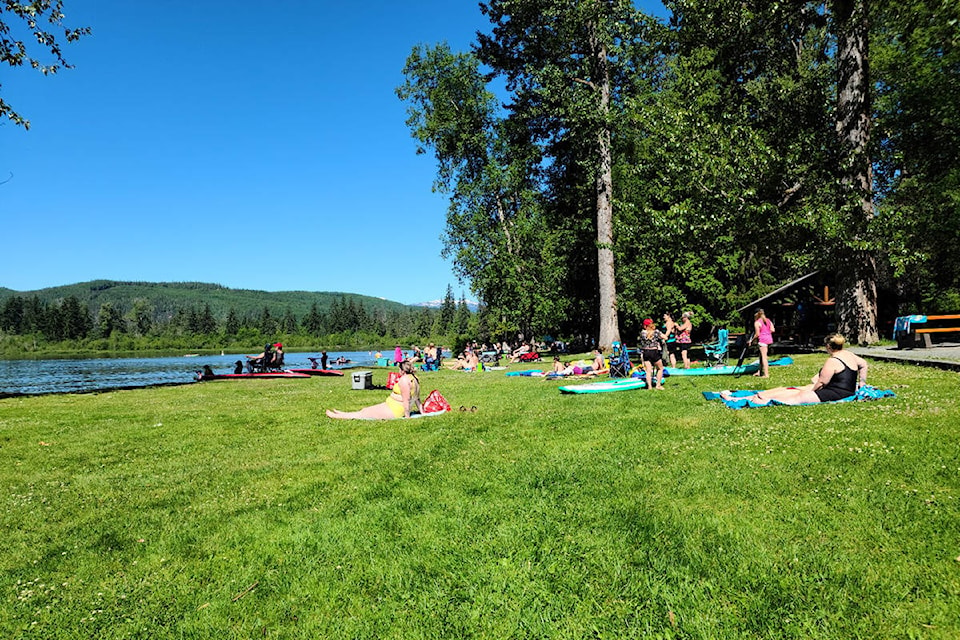Terrace will not be spared the effects of a warming world and can expect more precipitation, hotter average temperatures and fewer frost days, according to a United Nations panel tasked with examining climate change.
The Intergovernmental Panel on Climate Change (IPCC) released a report Aug. 9, showing that Earth is getting so hot that temperatures in about a decade will probably blow past a level of warming that world leaders have sought to prevent.
“It’s just guaranteed that it’s going to get worse,” said report co-author Linda Mearns, a senior climate scientist at the U.S. National Center for Atmospheric Research. “Nowhere to run, nowhere to hide.”
World leaders agreed in 2015 to try to limit warming to 1.5 degrees Celsius above levels in the late 19th century because problems mount quickly after that. The world has already warmed nearly 1.1 degrees Celsius since then.
For the first time, the IPCC also provides an Interactive Atlas with regional data under different climate change scenarios. They are: a future with incredibly large and quick pollution cuts; another with intense pollution cuts but not quite as massive; a scenario with moderate emission cuts; a fourth scenario where current plans to make small pollution reductions continue; and a fifth possible future involving continued increases in carbon pollution.
Under each scenario, the world will cross the 1.5-degree-Celsius warming mark in the 2030s, earlier than some past predictions. Warming has ramped up in recent years, data shows.
The Terrace Standard looked at IPCC data for Terrace, using 1850-1900 (“pre-industrial times”) as a baseline, and examined the short, medium and long term effects of climate change on the area should greenhouse gas emissions remain high, and global temperatures continue to rise to two degrees Celsius above pre-industrial times.
In the short term (2021-2040), Terrace would see a mean average temperature around 2.2 C warmer, close to 40 fewer frost days (minimum temperature below zero degrees Celsius) and over five per cent more annual precipitation.
Farther into the future — between 2041 and 2060 — Terrace’s mean temperature would be over three degrees higher than during pre-industrial times, with 8.1 per cent more precipitation and over 50 fewer frost days.
The affects of climate change appear even more drastic in Terrace in the long term (2081-2100). According to the data, the average temperature would balloon to 6.3 C higher than in the late 19th century, with 13.7 per cent more annual precipitation and 80 fewer frost days.
Along with those factors, extreme weather events are getting worse. Heat waves like the one Terrace experienced this summer will become more common, and precipitation events can contribute to flooding.
For example, the kind of heat wave that used to happen only once every 50 years now happens once a decade, and if the world warms another degree Celsius to just over 2 C warmer than pre-industrial times, it will happen twice every seven years, the report said.
In five previous reports from the IPCC the world was on that final hottest path, often nicknamed “business as usual.” But this time, the world is somewhere between the moderate path and the small pollution reductions scenario because of progress to curb climate change, said report co-author Claudia Tebaldi, a scientist at the U.S. Pacific Northwest National Lab.
“Anything we can do to limit, to slow down, is going to pay off,” Tebaldi said. “And if we cannot get to 1.5, it’s probably going to be painful, but it’s better not to give up.”
—With files from the Canadian Press
